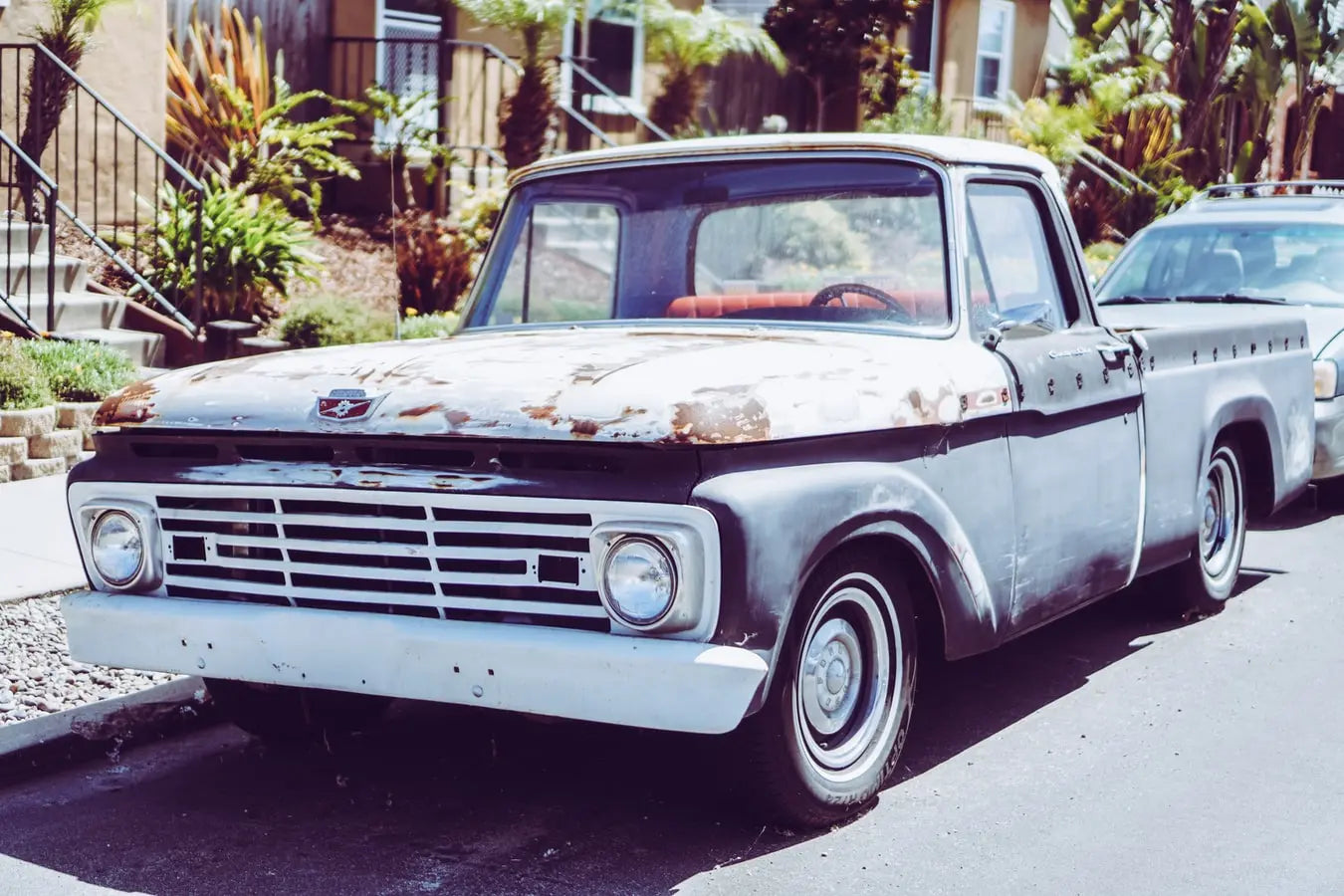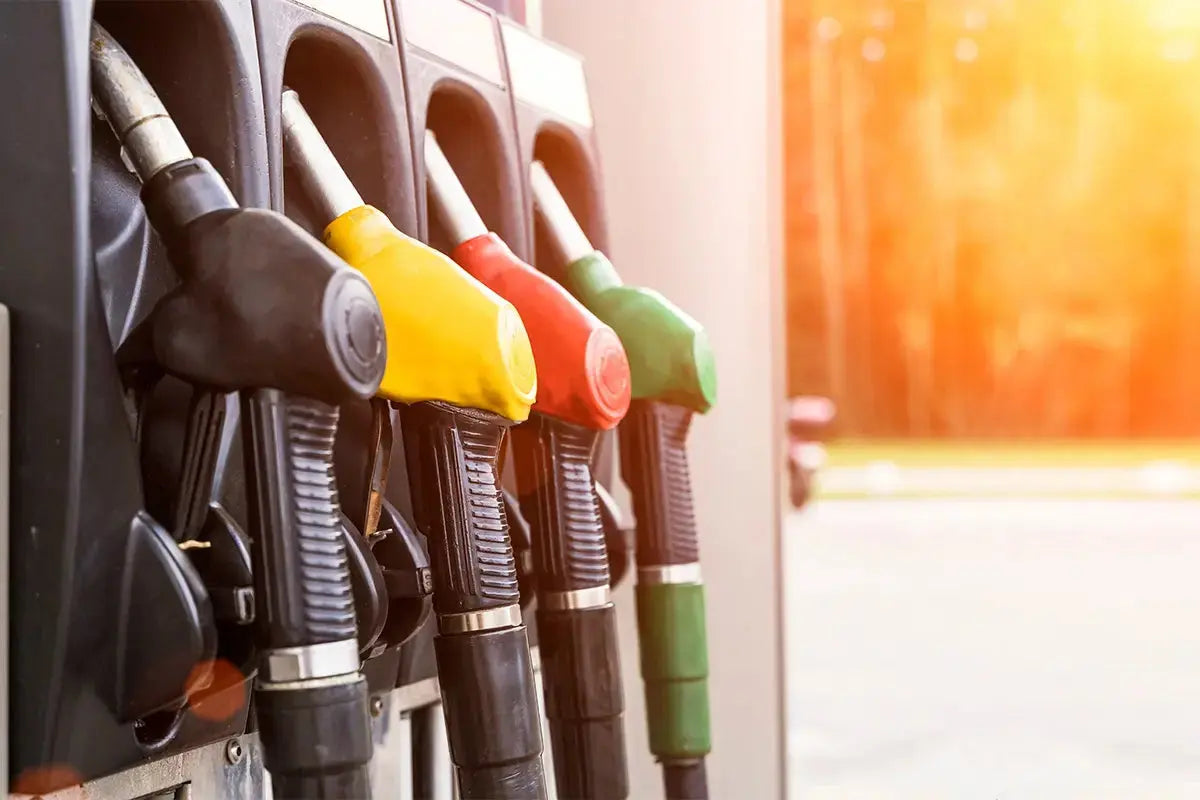
Rust can be vicious. It’s a real sinking feeling when you first notice that brown stain pop up, and it often feels like it’s totally out of nowhere. That bubbled up paint at the bottom of your door is another sure sign that rust is on the attack, and it is time to make some effort to protect your vehicle before it becomes a casualty in the war against rust.
Your car doesn't have to be destroyed--rust is definitely an issue that is preventable. By taking a few minutes to gain a better understanding of rust, the areas in your car that are the most likely targets, and how to tackle the rust problem altogether, you can keep your car on the road a whole lot longer, and drive with confidence that your vehicle is stable and sturdy. Read on to learn more in this article of shine armor blog!
Related car detailing products:
- Graphene Ceramic Spray
- Fortify Quick Coat
- Revive Car Scratch Remover
- Graphene Ceramic Nano Glass Coating
- Anti-Fog Hero
- Car Upholstery and Interior Cleaner
Types of Rust
We know what rust looks and feels like: brown and rough. We also know that it can ruin a car over a period of time. But what exactly is rust, technically speaking? Rust is a mix of oxygen and moisture that affects the iron compound in metals. The steel utilized in vehicle production is a great example of a compound metal, since steel consists of the bonding of iron, carbon, and often other forms of bonding materials to alter the strength and elasticity to meet a task.
Get to know the various types of rust before you figure out how to eliminate your rust issues.
- Surface Rust: This is oxidation found on the outer layers of exposed metals. Surface rust is defined as rust that does not penetrate past this surface layer, and while it has minimal effect on the structural integrity of a given piece, it does allow a gateway for moisture and oxygen, which are essential in oxidation, to make their way below the paint and protective layers of your vehicle. Since paint repair can often be costly, ceramic spray coatings such as those found at Shine Armor become vital in slowing, or sometimes even stopping the spread of oxidation.
- Scale Rust: Scale rust is rust most commonly found beneath painted surfaces, often caused by an entrance point where moisture and oxygen find their way in, and become trapped. Most commonly, the moisture finds this entrance through scratches or chips in the paint.
- Penetrating Rust: When rust holes form from prolonged exposure that turns steel to brittle iron oxide, rust will become a factor that begins to expand outside of your own personal ability to stop it. Regular inspection and stopping rust in its tracks will keep rust from worsening to this dangerous level of corrosion.
Shop by category:
Tool and Part List
Surface rust is a level of rust that you are still able to tackle without needing major help from an expert. Get your supplies together with ease by utilizing this tool and part list:
Tool List (optional):
- Hand scraper
- Grinding tool
- Sander
- Polisher
Parts List:
- Multiple microfiber cloths
- Painter's tape
- Sandpaper in several different grits (120, 220)
- Clear coat (top coat), spray paint is ideal
- Polish and wax
Organizing Your Workspace
Though this advice isn’t specific to removing rust, it’s good to follow anytime you’re working on any vehicle.
Before you even start, be sure that you have access to a flat surface like a driveway, street parking, or a garage floor that you can safely work in. Make sure your work is being done in an open environment with sufficient ventilation. You will need to be out in the open and able to have accessibility to fresh air, especially if you are working inside a garage.
Organize your gear. Keep everything that you will be using easily reachable in order to safely have access to it and to save time. You may need to move your car at some point in the day, and you want to make it as easy as possible to get up and running again.
Removing Surface and Scale Rust
These are the necessary steps to follow in order to remove surface rust:
- Wash the rust region thoroughly and get rid of any dirt and road grime.
- Dry the area completely.
- Use 120-grit sandpaper to buff off the rust, and finish with 220 grit sandpaper to ensure a smooth surface.
- Use a microfiber cloth to wipe the area clean.
- Apply a thin layer of clear coat and let it dry. If you can find a color-match paint, spray the area with a very light coat of this.
- Apply a polishing compound using a polishing pad or buffer.
- Finish off the area with wax.
While this won’t be the prettiest solution, it will help protect your car from the rust getting worse. Beyond this, you’ll need knowledge and experience in body work, and may want to take your car to a shop if you’ll need rust repair that involved body mud and repainting.
Rust Prevention and Precaution
Here are some ways you can get to the root of the rust issues before they even take place to ensure a longer-lasting vehicle.
Wash Your Vehicle: Rust prevention begins with the process of regularly washing your car and not letting corrosive exterior materials get out of hand. Natural elements that are derived from the environment, like road salts, dirt, and even bird droppings can fast-forward the rusting process. Especially in areas of snow where salting roads is common, take the time to wash your car whenever you can so you’re not letting that salt eat away at your metals!
Combat Road Salts with Automotive Soap: You may feel helpless in the wintertime when road salt seems to be as common as the snow falling from the sky. If you live in a place where you have to deal with road salt, you can use our quick coat ceramic coating after washing and drying your vehicle as a means to add an extra barrier of protection to your car.
Drain Your Car Plugs: Another pro tip to preventing car rust is making sure that you are checking and clearing your car’s drain plugs on a regular basis. Drain plugs are located across the bottom of the car doors and along the edges of the trunk and hood. This process can keep water out and minimize the chance for rust to form.
Wax Your Vehicle: Car waxing operates like an additional coat of protection for any vehicle that receives it. Make sure that you’re waxing your car at least once a month depending on the wax. This will help you to repel water and other particle damage that can ultimately lead to rust.
Proper Precautions: The thing about rust is that it occupies just a minimal portion of your car, and spreads like cancer to eat everything else in the blink of an eye. You should always make an effort to remove rust at its beginning before it becomes a disaster.
A simple visual inspection of the fenders, underside, and general exterior of the car is easy to do even for car care beginners, and can help you spot and address surface rust before it progresses into something worse. While washing your car frequently is a great way to keep rust-causing substances at bay, don’t forget that you also have the power of wax and ceramic coating to form a protective barrier that keeps you protected for weeks!





